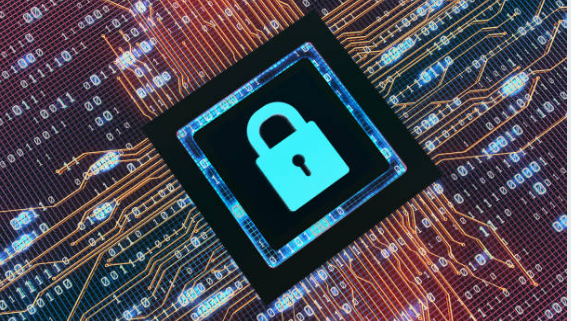Over the past few years it’s become clear that the fortress mentality of securing the perimeter and hardening the system is not effective in today’s cyberthreat environment. Even if you add in patching all your software, and randomize passwords, bad actors are going to get past your heavily guarded gate and into your network.
The option of adding seasoned cybersecurity experts to your organization to fix the problem is extremely tough with the current hiring crunch. Many companies are turning to machine learning (ML) and artificial intelligence (AI) to automate tasks and better detect bad behavior.
What are artificial intelligence and machine learning?
In a cybersecurity context, artificial intelligence is software that perceives its environment well enough to identify events and act against a predefined purpose. AI is particularly good at recognizing patterns and anomalies within them, which makes it an excellent tool to detect cyberthreats. An example of AI could be a specific IDS/IPS service that is capable of detecting both current and future attacks.
Machine learning is often used with AI. It is software that can “learn” on its own based on human input and results of actions taken, or the data analytics itself. Together with AI, machine learning can become a tool to predict outcomes based on past events. An example of a popular ML software tool is the continued evolution of Splunk.
Using AI and machine learning to detect threats
The technology can be used to look for indicators of compromise across your company’s network, both on-premise and in the cloud. This is an enormous amount of data for a person to sort through. As the global threat landscape advances, both in ability and collaboration on the attacker side, it becomes more important to utilize advanced tools and technologies to get ahead of the threats themselves.
AI and machine learning allows organizations to deploy their people to work on the most valuable human-led tasks. With the shortage of skilled security resources, it’s clear that things cannot continue to be done in a manual way.
Keep in mind, there is no “silver bullet” when it comes to protecting your company’s network, it’s important to have a robust, multi-layered security strategy. AI tools need to be incorporated into a broader approach to be truly effective.
Bottom line, AI is an emerging tool to help “everybody else” capture needed control to get ahead of ever-evolving cybercriminals.
For more information on the importance of protecting your systems, download our free cybersecurity risk assessment data sheet here.
Read about an affordable way to augment your IT staff with experienced cybersecurity experts –
7 Reasons to Hire a Virtual CISO.




